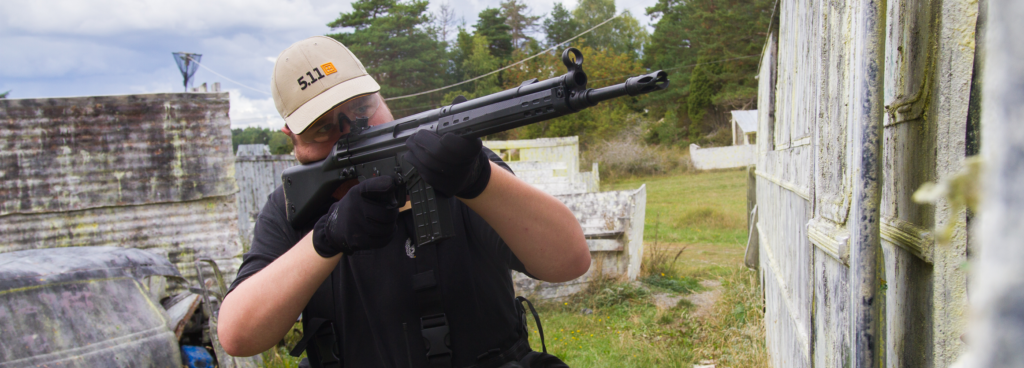 Eleven years ago, I got my first airsoft gun – a used Tokyo Marui G3 – for about 200 USD and it was a piece of shit. That is not to say Tokyo Marui Guns are bad but the weapon I purchased was a burned out husk and many still considered I got it cheap. Such where the days before the China Guns but I still remember that old thing.
Eleven years ago, I got my first airsoft gun – a used Tokyo Marui G3 – for about 200 USD and it was a piece of shit. That is not to say Tokyo Marui Guns are bad but the weapon I purchased was a burned out husk and many still considered I got it cheap. Such where the days before the China Guns but I still remember that old thing.
Since then, my experiences with the G3 line have been considerable. I have owned five different ones – not counting HK 33, HK 53 or MC 51 models! – and out of these two was from Classic Army and three from JG. So of course when LCT Airsoft announced they would oh so kindly provide us with a G3 that had a proper steel body, I decided this was one gun I was not going to miss out on.
Getting one early enough for a review to matter was interesting to say the least. LCT declined to provide a review sample citing they only worked with ”advertisers” (and that I am not), the International release was delayed and I was left with finding out if somebody in the Republic itself would sell to me. They would indeed and after an adventure where the Swedish Customs was a bit too impressed with the steel body and PostNord temporarily lost the package for a week; delaying this review I ended up with the second of its kind in Sweden.

The first impressions of this gun are rather good. If you are used to the creaks and wobbling of the JG and Classic Army models; forget it. There is no such thing here. I had a former Guardsman preform rifle drill with this piece and the only thing we heard was the sound of the rifle passing through the air. When somebody coined the expression ”in one piece”, they meant this gun.
The first impression is also one that will create a line for people who want to try it out; especially in countries that have a connection to the weapon and since about 40 countries have used this rifle in one capacity or another, there is a risk it may never leave the adoring eyes of the chairsofters.
You will also notice that this gun is rather heavy; about 4.5 kilos and that is how it should be. Despite this, it is still easy to handle and find a comfortable shooting grip unless you happen to be the length of Tyrion Lannister. Do however note that the pistol grip is shorter and have somewhat less grip than the real steel and other airsoft models. I have yet to discover why this change was made.
As an added bonus, the weapon is more compatible with the real steel parts than most Airsoft equivalents whom use the TM Standard. As some Reel Steel Parts can be found cheaper than dirt at some places, this is good news and also means more freedom in how you can choose to equip your new boomstick. The items that can be exchanged most easily for a low cost are the flash hider, rear sight, handguard and the pins.
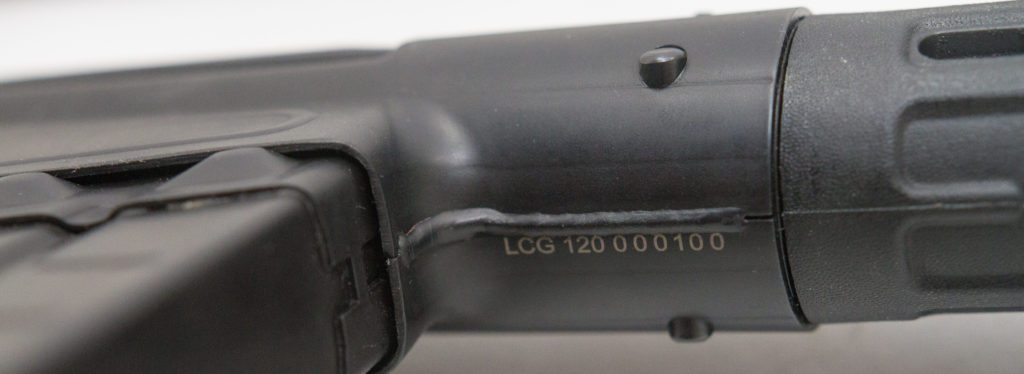
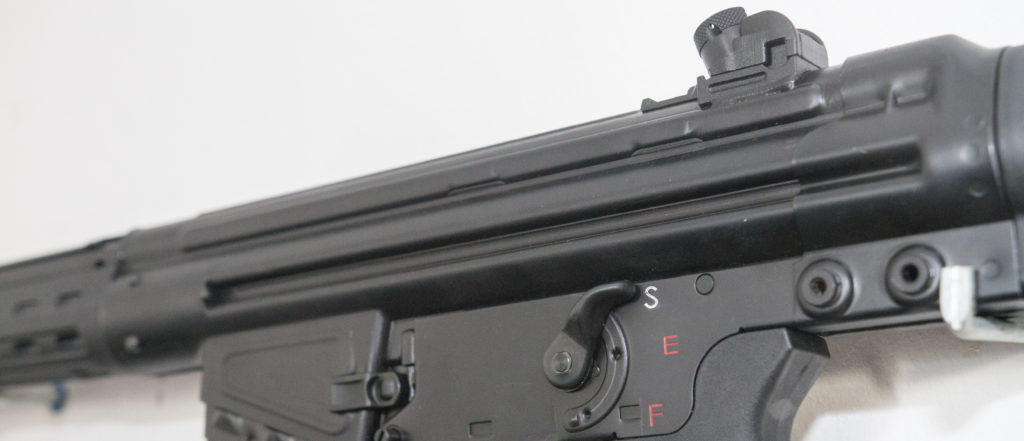
Each gun comes with a serial number. I am very pleased with the one I got. The first one in Sweden was 001; I got 100 and that alongside everything else will ensure I may never sell this gun.
Also note the welding line. There are not too many of them but I feel they enhance the look of the gun alongside the small and insignificant steel impurities. LCT have gone to great lengths to try and make sure this thing look like it came out of an actual gun factory and sells the look rather well.
The finish of the body is excellent and does not leave markings, fingerprints or any similar things. Should it get dirty, all you need to do is just wipe it off with a towel. As for punishment, I am convinced this thing can hold up to considerable damage. I had a friend who – in the interest of simulating heavy use – took a hammer to it and all it did was make the gun look better. This gun will only give you battle scars you have earned and that is that.
The sights do their job well but here I feel LCT have allowed themselves to be a bit sloppy. The sights can be tuned in to your chosen setting; remaining there until you desire to have them tuned into something else and I suspect the front sight is all but indestructible. The rear drum sight does however lack the digits usually printed there and I find this to be a weird omission.
The fire selector works adequate. It clicks easily into the different positions without being prone to moving to anything else. The problem is that on the gun I got, the weapon cannot be put on safe. It will fire regardless. Now, I am not going to say this is intentional; this is clearly a defect that I have yet to find the cause for – my guess is that something does not contain the steel body and the selector plate enough. It may also be what is affecting the magazines; see below.
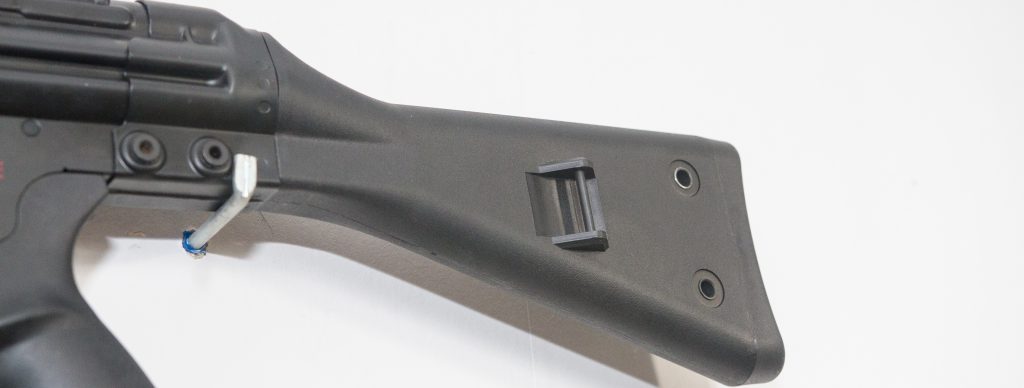
The Stock is one of the better designed parts of the gun; mostly because LCT decided that there was no need to change something that already works well. As the stock also houses the battery (Tamiya contact) it is refreshing to see that removing the back cap is a very easy thing to do. Simply pull it out, replace the battery and done.
Removing the entire stock is however a bit more difficult. Most likely to prevent the weapon to make unnecessary noise or stock wobble, the stock itself is a very tight fit. After pulling out the pins – no screwdriver required; Take that CA and JG! – and securing them in the holes in the stock you may attempt to remove the stock. Hopefully, it will be easier to attach and remove the stock after it has been done a few times but the first time doing it will leave you with some frustration.
The Stock also insists on having a double slide instead of the fluid one found on the real deal and it would be interesting to hear the reasoning behind this. My guess would however be to make room for cables or similar; the only ones this will truly offend are the purists.
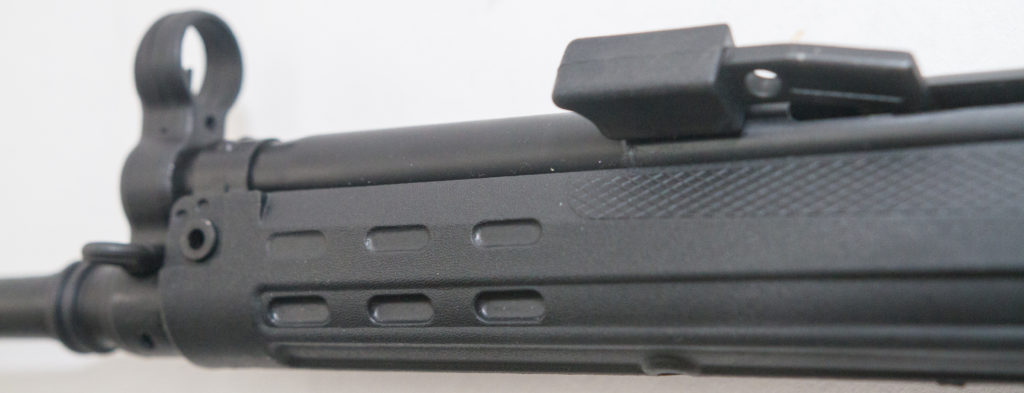
As mentioned in my first impressions, the Handguard is one of the items that is most easy to replace for surplus part . That does not mean that you need to be in in any hurry to do so. The handguard is well made out of a synthetic material that closely resembles the real thing. It is also very good at providing the necessary grip for you to comfortably hold the gun. Removing the handguard is a very easy thing to do, simply pull the sprint, move the handguard slightly forward and take it off the rifle. Putting it back is equally simple.
The charging handle is another impressive item on this gun. While the pull is not as heavy as the real deal, is is connected to a stronger spring than its cheaper counterparts and this takes a bit getting use to. When locked in the upper position, it opens the ejection port so you can adjust the hopup. If you do however pull the handle just to do the classic H&K Slap, do keep in mind that the standard airsoft half-measures will not cut it. Be prepared to re-learn the slap if you have no real world experience.
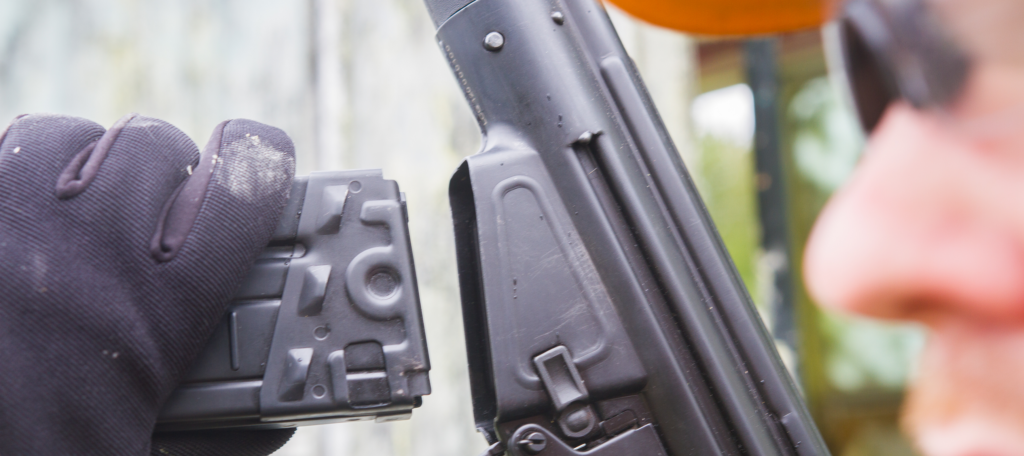
The magazines are for me the big questionmark of the gun. I ordered a high cap to go along with the Mid Cap I received with the gun itself. Both of these was patterned in the old German Army style though flat magazines are also available – a good choice by LCT since I am not sure the old pattern magazines have been available until now.
Mounting the magazine into the weapon takes a bit of practice and it will take awhile to get a hang of it; especially with enemy plastic flying around your ears. Once you got the magazine seated however, it will stay there until you remove it or the world ends.
During skirmishing they proved to be awfully fussy about the ammunition loaded into them with the High Cap all but refusing to feed. I ended up having to screw the high cap wheel after firing a single bullet to feed the next one and that was after changing to the high performance BB Bastards brand. I got a better result from the midcaps with the same ammo but it would never feed an entire mag, only about half of it. This is a very frustrating way to skirmish! I later found out that this could be fixed by tightening the bottom screw and since then, my magazines have worked well enough but I should not have to do that at a brand new gun at this price range.
Since Tokyo Marui mags must be adapted to fit and a LCT Mag costs a good 25-30 USD this is not optimal to say the least. Checking in with the other owner of the LC-3 in the country, he does not report the same issue with his midcaps so it may be that I just got a bad bunch.

The Hop Up unit is very tight and may require you to use a tool to help apply leverage enough to move. While this makes adjusting in the field tricky, I actually prefer it this way since I always use 0.25 bullets; meaning I can adjust once and then leave it be, confident it will not move away from my chosen setting.
The guns performance is great for Woodland Work, 124 m/s (406 FPS for you non-metric system yokels) with a .2 bullet is just what you need to easily punch through woodwork and leaves but as you may figure it also leaves the gun far too hot for use close up. My security distance ended up being 10 meters and I think that is completely fair.
There is no need to complain about the distances you can reach. While you may not be the king of plasticpower out of the box, the capacity for this gun to wreak havoc is completely within what should be reasonably expected. The recommended battery for this weapon is a 11.1 LiPo but I felt it work just as well with a 7.4. The trigger response is great regardless of battery you choose and it is greatly appreciated that the higher voltage is by no means requirement.
That said, the gun is very rewarding to skirmish with, the solid construction giving you a sense of realism and the feeling of wielding a proper battle rifle instead of the Plastic Fantastic Queen of M4s. Assaulting an enemy position or repelling a charge is satisfying as hell. The only thing that could make this thing better would be a recoil shock system or EBB but that is at this point just wishful thinking. LCT have here made a good weapon that will appeal to casual skirmishers looking to break a sweat and dedicated milsim purists that want something to lug twenty kilometers over rugged terrain. 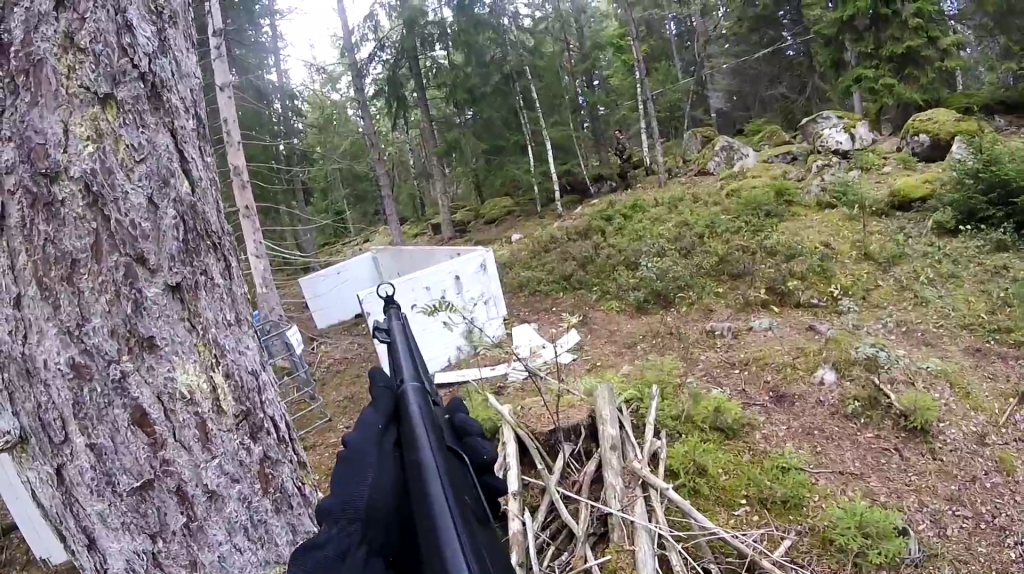 With several different G3 Manufacturers on the market, it may be a bit confusing for somebody not familiar with the type to know which one suits their needs.Fortunately, the three major producers provide three very different products.
With several different G3 Manufacturers on the market, it may be a bit confusing for somebody not familiar with the type to know which one suits their needs.Fortunately, the three major producers provide three very different products.
Jing Gong is the type most people are going to be familiar with. They are inexpensive weapons that usually sells for 100-200 USD depending on the version you want. Aside from being made almost entirely in plastic, they are usually a safe bet for somebody who wants a G3 but not want to invest too much. They give reasonable bang for your buck, adequate woodland performance and good compatibility with almost all TM Standard Magazines. The plastic body does however creak and it cannot withstand as much punishment as its more expensive brothers.
Classic Army is the middleground. A metal body made of lightweight aluminium keeps the weight down. They usually go for between 250-350 USD and is a decent enough choice. The main concern with these weapons are the stock that is prone to breaking and the rather insufficient finish that is prone to making big white scars upon the body. They are usually CQB friendly from the box meaning they are a good option for anybody looking to use a G3 in close quarters. They are less compatible with external parts than the JG. Usually sold as the SAR M41 or similar.
There was also a short lived G3 made in China where everything – including pistol grip, stock, handguard and pretty much everything on it – was just a solid block of steel. If you find that one, laugh and move on.
So how does LCT compare to the cheaper rivals? It is clear that the LC-3 – just like their AK line – is a bit of a luxury choice. This gun is for the people who like any H&K fan accept no compromise but want the top model. With a selling price of 350+ it is an expensive proposition but a worthwhile one.